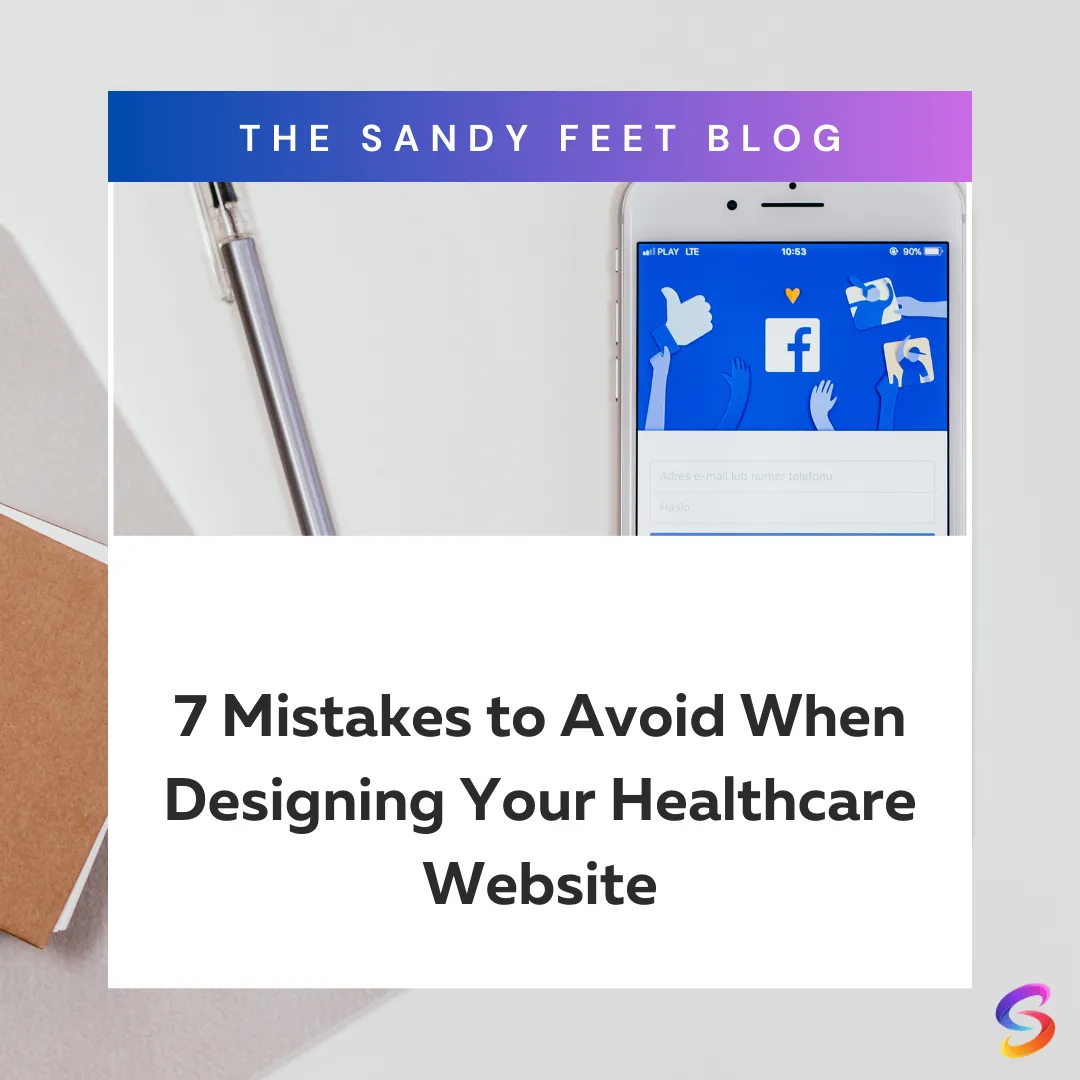
7 Mistakes to Avoid When Designing Your Healthcare Website
In today's digital age, a strong online presence is crucial for healthcare providers. A well-designed website not only serves as an essential source of information but also acts as a powerful marketing tool to attract and retain patients. However, in the pursuit of creating an effective healthcare website, certain mistakes can hinder your success and turn potential visitors away. In this blog post, we'll explore seven common mistakes to avoid when designing your healthcare website.
Neglecting Mobile Responsiveness
One of the most significant mistakes in website design is neglecting mobile responsiveness. With the majority of users accessing information on their smartphones, your healthcare website must adapt to various screen sizes. A mobile-friendly design ensures that users can easily navigate and access essential information on their devices, improving their overall experience and reducing bounce rates.
Overcomplicating Navigation
Simplicity is key when it comes to website navigation. Avoid overloading your healthcare website with unnecessary menus and submenus. Ensure that your main navigation is intuitive, organized logically, and provides easy access to crucial pages like services, contact information, and patient resources. A clear and straightforward navigation system enhances user experience and encourages visitors to stay on your website longer.
Lack of Clear Call-to-Action (CTA)
A healthcare website without clear calls-to-action can miss valuable opportunities to convert visitors into patients. Every page should have a prominent and relevant CTA that encourages users to take action, such as scheduling an appointment, contacting your clinic, or subscribing to a newsletter. Utilize contrasting colors and persuasive language to make your CTAs stand out.
Ignoring Website Loading Speed
In today's fast-paced digital landscape, users have little patience for slow-loading websites. A healthcare website that takes too long to load can frustrate visitors and lead to high bounce rates. Optimize images, minimize HTTP requests, and consider using caching mechanisms to ensure your website loads quickly on all devices and browsers.
Neglecting Search Engine Optimization (SEO)
SEO is vital for attracting organic traffic to your healthcare website. Neglecting SEO practices can hinder your website's visibility in search engine results, making it challenging for potential patients to find you online. Conduct keyword research and optimize your content, meta tags, and headings to improve your website's ranking on search engines.
Overlooking appointment booking integration
Did you know most practice software programs you have the ability to embed the online booking calendar DIRECTLY into your website? Make it easy for patients to book an appointment with you by embedding your calendar on a stand alone page.
Lack of Engaging and Relevant Content
Content is a critical aspect of your healthcare website's success. Avoid the mistake of having generic, outdated, or irrelevant content. Offer valuable resources, informative blog posts, and patient testimonials to showcase your expertise and build trust with potential patients. Engaging content will not only keep visitors on your website longer but also encourage them to return and share your information with others.
Designing a successful healthcare website requires careful attention to detail and a user-focused approach. By avoiding these seven common mistakes – neglecting mobile responsiveness, overcomplicating navigation, lacking clear CTAs, ignoring loading speed, neglecting SEO, overlooking appointment booking integration, and providing engaging content – you can create a compelling online presence that attracts and retains patients, ultimately driving the success of your healthcare practice in the digital era.

Let's get social

